-
How does it feel?
As you inhale over a cup of tulsi tea you cannot mistake the clove-like aroma of the eugenol, a key constituent of this aromatic herb. The clove taste comes through on the first sip too with the rest of the flavours lemony, slightly camphorous pungency with a touch of eucalyptol. There are wide ranges of essential oil profiles in different varieties of tulsi so the exact flavours will vary from different sources but a consistent theme is the pleasant aromatic heady impact. There is also a distinct astringent after-taste with the clove lingering longest.
The overall impact is heady and uplifting, wholly aligned with the traditional reputation of this sacred herb.
-
What can I use it for?
 Tulsi stimulates the cerebral circulation whilst also relaxing the central nervous system. This unique quality brings mental clarity whilst also calming any nervous tension. Tulsi will counteract brain fog and exhaustion, particularly after trauma, depression and anxiety.
Tulsi stimulates the cerebral circulation whilst also relaxing the central nervous system. This unique quality brings mental clarity whilst also calming any nervous tension. Tulsi will counteract brain fog and exhaustion, particularly after trauma, depression and anxiety.It also steadies the adrenal hormonal stress response allowing you to cope better under pressure. It has a significant impact upon conditions that are exacerbated by stress and anxiety, such as high blood pressure and tension headaches.
The pungent and fragrant volatile oils are felt to relieve congestion throughout the body and particularly within the respiratory system where it is an effective expectorant and has been used to reduce wheezing and tightness in the chest associated with asthma. Here, and also in the digestive system, tulsi will increase mucosal defences against chronic and repetitive infection. It has been used in larger doses as an aid to fever management.
As a refreshing beverage, tulsi tea can be used instead of black tea or coffee as a a non-caffeine gentle stimulant.
-
Into the heart of tulsi
Tulsi is a fantastic rejuvenative to the mind and spirit. It will improve the circulation to the brain but also provide oxidative protection to the brain cells, and reducing neuro-inflammatory influences that are now known to contribute to a wide range of neurological and psychiatric conditions.
Tulsi is classed as an adaptogen because it has a stabilising effect on the adrenal responses and reduces cortisol and adrenaline levels. It’s ability to do this whilst also calming the central nervous system make it excellent for dealing with emotional trauma and helping you to ‘move on’ and find clarity.
-
Traditional uses
Tulsi is renowned in India for its religious and spiritual connotations (often grown around temples) and is consumed as a food, drink and medicine very widely. The leaves as well as the seeds have important roles in traditional Ayurveda and other health traditions, with the leaves commonly used in fever management, including in children, in respiratory and digestive upsets, and fluid retention (2,3).
It is used in Thai, Vietnamese and Indian cuisines wherever in the world these are consumed.
The two species of tulsi share similar properties. The leaves of Ocimum americanum are steamed and eaten as a side dish with rice and are also be used as a flavouring in salads, sauces, soups, and in teas (4), and as a remedy, like O. tenuiflorum, in fevers, respiratory and stomach problems (5).
-
Traditional actions
Herbal actions describe therapeutic changes that occur in the body in response to taking a herb. These actions are used to express how a herb physiologically influences cells, tissues, organs or systems. Clinical observations are traditionally what have defined these actions: an increase in urine output, diuretic; improved wound healing, vulnerary; or a reduction in fever, antipyretic. These descriptors too have become a means to group herbs by their effects on the body — herbs with a nervine action have become the nervines, herbs with a bitter action are the bitters. Recognising herbs as members of these groups provides a preliminary familiarity with their mechanisms from which to then develop an understanding of their affinities and nuance and discern their clinical significance.
-
Traditional energetic actions
Herbal energetics are the descriptions Herbalists have given to plants, mushrooms, lichens, foods, and some minerals based on the direct experience of how they taste, feel, and work in the body. All traditional health systems use these principles to explain how the environment we live in and absorb, impacts our health. Find out more about traditional energetic actions in our article “An introduction to herbal energetics“.
Western energetics
-
What practitioners say
 Nervous system
Nervous systemTulsi is good at relieving pain, both physical and mental. It opens the mind, heightening awareness and mental clarity which can help with feelings of mild depression. As a spasmolytic it is traditionally used to alleviate tension headaches from high vata and for congestion headaches from excess kapha. This quality also helps improve the quality of sleep and so tulsi can help with insomnia. Its adaptogenic qualities increase the body’s resistance to physical, emotional and environmental stress.
Immune system and inflammatory conditions
As an adaptogen, tulsi improves the systemic response to physical, biological, emotional and environmental stress and enables one to enjoy more stamina, less stress and a stronger immune system. Tulsi’s ability to help us adapt has also been shown to be of benefit in chronic fatigue syndrome. It contains a number of constituents which have anti-oxidant activity protecting against lipid peroxidisation and therefore protective action against oxidative stress and a range of inflammatory effects. Neuroinflammation has been related to a number of degenerative diseases including dementia, chronic fatigue syndromes and clinical depression.
Lungs
When used as a hot tea, tulsi clears kapha and mucus from the lungs and upper respiratory tract. It is of value in respiratory infections and fever where it reduces temperature by encouraging sweating whilst its penetrating nature clears dampness and toxins. It is of benefit in bronchitis, rhinitis and other respiratory allergies. In traditional medicine the lungs are seen as the ‘seat’ of grief and tulsi’s ability to diffuse prāṇa through the lungs helps with feelings of sadness and grief.
Digestion
Where there is sluggish and incomplete digestion Tulsi warms and stimulates, moving stagnation. Its aromatic pungency improves appetite and reduces fermentation in the digestive tract. Digestive complaints exacerbated by stress will benefit from tulsi’s anti-spasmodic and sedative qualities.
-
Research
 The cognitive enhancing properties of tulsi have been demonstrated in a controlled clinical trial. 300 milligram capsules of ethanolic leaf extracts per day were compared with placebo, over 30 days. Reaction time and error rates in cognitive tests improved with tulsi compared with placebo after the first 15 days (6).
The cognitive enhancing properties of tulsi have been demonstrated in a controlled clinical trial. 300 milligram capsules of ethanolic leaf extracts per day were compared with placebo, over 30 days. Reaction time and error rates in cognitive tests improved with tulsi compared with placebo after the first 15 days (6).In a double-blinded randomized controlled cross-over trial on healthy volunteers 300 mg capsules of ethanolic extracts of leaves of tulsi or placebo were administered to 24 healthy volunteers on empty stomach and the results of 22 subjects who completed the study were analyzed. After stimulation with lipopolysaccharide and phytohaemagglutinin there were significant increases in cytokines (interferon-γ and interleukin-4) and percentages of T-helper cells and Natural Killer cells were seen after 4 weeks in the tulsi extract intervention group in contrast to the placebo group (7).
A randomized, placebo-controlled, single-blind, crossover study assessed the effects of the dried leaves on the levels of blood glucose and serum cholesterol in 40 non-insulin-dependent diabetic patients. Patients received orally 2.5 g leaves daily for 4 weeks. Blood glucose levels, measured after fasting and eating, decreased by 17.6% and 7.3% respectively. Mean total cholesterol levels also decreased slightly (by 6.5%) during the treatment period. No adverse effects were observed (8).
Tulsi was beneficial in the treatment of recurrent respiratory tract infection in a randomized, placebo-controlled trial. Ten out of 11 children who received a placebo had a recurrence of infection during the 6-month follow-up period compared to only one child of 7 treated with holy basil. The improvement in the herbal treatment group was associated with an improvement in polymorphonuclear cell functions (9).
-
Did you know?
Tulsi is sacred to the Hindu god Vishnu, the Lord of Preservation, and is used in morning prayers to ensure good personal health and wellbeing. It is commonly found in Hindu courtyards and near temples. Meditation beads are also often made from the wood of the tulsi shrub.
Additional information
-
Botanical description
Tulsi is a prolific shrub that can grow up to 4m in height. It can naturally be found throughout the lowlands of India but also across Sri Lanka, China and Thailand, the Andaman and Nicobar islands, as well as Northern Australia. Its stems are tall and hairy with opposite green or purple toothed leaves which carry a strong scent. Tulsi flowers are purple and elongated, manifesting in close whorls. It is the scented leaves which are medicinally valued in this plant.
There are several forms of tulsi originating from different species. Notable among these are
- Rama (green) tulsi
- Krishna (red) tulsi
These are varieties of Ocimum tenuiflorum (formerly O. sanctum), also known as Holy Basil, each showing distinctive features, including higher levels of anthocyanins in Krishna tulsi. Differences in chemotype appear to be further modulated by environment and cultivation.
Vana tulsi
This has been variously identified in botanical databases as Ocimum americanum and O. gratissimum. Detailed taxonomic and DNA investigation of vana tulsi has confirmed that it is robustly distinct from the two varieties of Ocimum tenuiflorum. Although apparently hybrid of several species Ocimum americanum is the convenient botanical definition of vana tulsi (1).
In short there are at least two distinct botanical entities, and significant chemotypical complexity.
-
Common names
- Holy basil
- Tulsi (Hindi)
- Tulasī (Sanskrit)
- Viṣṇu-priyā (Sanskrit)
- Divyā (Sanskrit)
-
Safety
No significant safety issues have been noted in accounts of the traditional use of tulsi. This is not surprising. Tulsi (like its close relative basil) was seen as a safe food plant with added therapeutic (and in this case spiritual) benefits.
Different species of tulsi are known sources of methyleugenol, in isolation a carcinogen, but also found in plants such as basil itself, as well as nutmeg, pimento, lemongrass, tarragon, star anise and fennel.
Given that tulsi is a less familiar plant in western countries there have been theoretical safety concerns: closer investigation shows safety prospects comparable to the other plants naturally containing methyleugenol. and human studies indicate that methyleugenol is short-lived in the body, and despite the exposure through the diet and environment, human blood levels are relatively low (10). Humans have a long evolutionary history of exposure to these constituents as foods and possess a competent detoxification pathway for them (11).
-
Dosage
The therapeutic dose for tulsi in the Ayurvedic pharmacopoeia of India is 2–3 g of the leaf powder per day (12). Higher doses have been used for fevers and other acute conditions.
-
Constituents
- Essential oil (up to 2%) including eugenol (variable though up to 62 %), methyleugenol (up to 86 %), and α- and β-caryophyllene (up to 42 %), estragole, limonene, linalool, carvacrol and eucalyptol.
- Flavonoids incl apigenin, luteolin
- Tannins incl gallic acid and chlorogenic acid (up to 4.6 %)
- Triterpenes: incl ursolic acid
- beta-carotene, beta-sitosterol, carnosic acid, oleanolic acid, rosmarinic acid.

-
Recipe
Incredible Immunity Tea
Bacteria and viruses are most active at lower body temperatures, so when we have a fever, this is in response to our immune system’s effort to reduce microbial overload. That is where this delicious Incredible Immunity Tea recipe below comes in. It helps your immune system fight the infection.
Ingredients:
- Yarrow top 3g
- Peppermint leaf 3g
- Elderflower 3g
- Tulsi leaf 3g
- Fresh ginger root 3g, about 11/2cm (5/8in)
This will serve 2–3 cups of flu-free freedom.
Method:
- Put all of the ingredients in a pot. Add 500ml (18fl oz) freshly boiled filtered water.
- Leave to steep for 5–10 minutes, then strain.
- Drink while it’s piping hot.
-
References
- Jürges G, Sahi V, Rios Rodriguez D, et al. (2018) Product authenticity versus globalisation -The Tulsi case. PLoS One. 13(11): e0207763. doi: 10.1371/journal.pone.0207763.
- Perry LM (1980) Medicinal Plants of East and Southeast Asia. MIT Press. p 189
- Johnson T (1998) CRC Ethnobotany Desk Reference CRC Press, Washington DC. p 560: 18102
- Tropical Plants Database, Ken Fern. tropical.theferns.info. 2021-03-15. <tropical.theferns.info/viewtropical.php?id=Ocimum+americanum>
- Perry LM (1980) Medicinal Plants of East and Southeast Asia. MIT Press. p 190
- Sampath S, Mahapatra SC, Padhi MM, et al. (2015) Holy basil (Ocimum sanctum Linn.) leaf extract enhances specific cognitive parameters in healthy adult volunteers: A placebo controlled study. Indian J Physiol Pharmacol. 59(1): 69-77
- Mondal S, Varma S, Bamola VD, et al. (2011) Double-blinded randomized controlled trial for immunomodulatory effects of Tulsi (Ocimum sanctum Linn.) leaf extract on healthy volunteers. J Ethnopharmacol. 136(3): 452-6. doi: 10.1016/j.jep.2011.05.012
- Agrawal P, Rai V, Singh RB. (1996) A randomized, placebo-controlled, single-blind trial of holy basil leaves in patients with non insulin-dependent diabetes mellitus. International Journal of Clinical Pharmacology and Therapeutics 34:406–409
- Rege N.N. et al; (1990) 10th National Congress on Respiratory Diseases, Bombay, December 12-15.
- Robison SH, Barr DB. (2006) Use of biomonitoring data to evaluate methyl eugenol exposure. Environ Health Perspect. 114(11): 1797-801
- Minet EF, Daniela G, Meredith C, Massey ED (2012) A comparative in vitro kinetic study of [14C]-eugenol and [14C]-methyleugenol activation and detoxification in human, mouse, and rat liver and lung fractions. Xenobiotica. 42(5): 429-41
- The Ayurvedic Pharmacopeia of India. (1999) Part I, 1st ed, Vol 2. Govt of India. p. 165-7

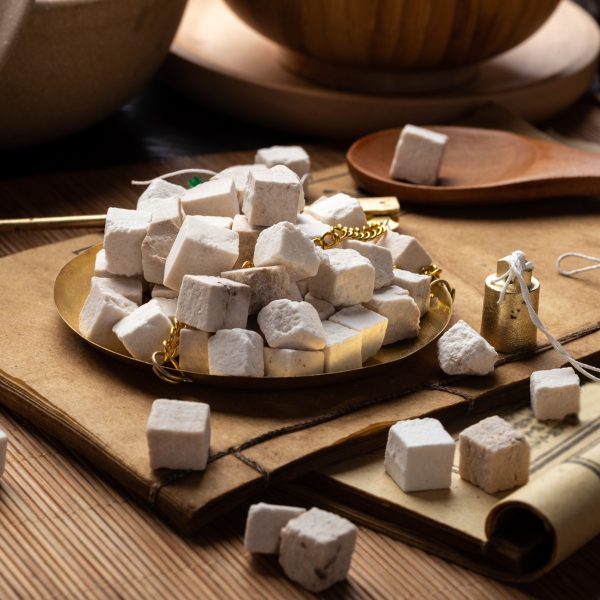
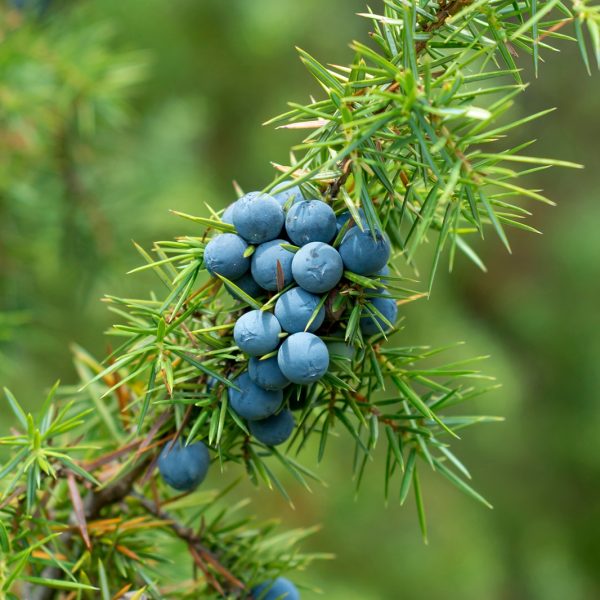












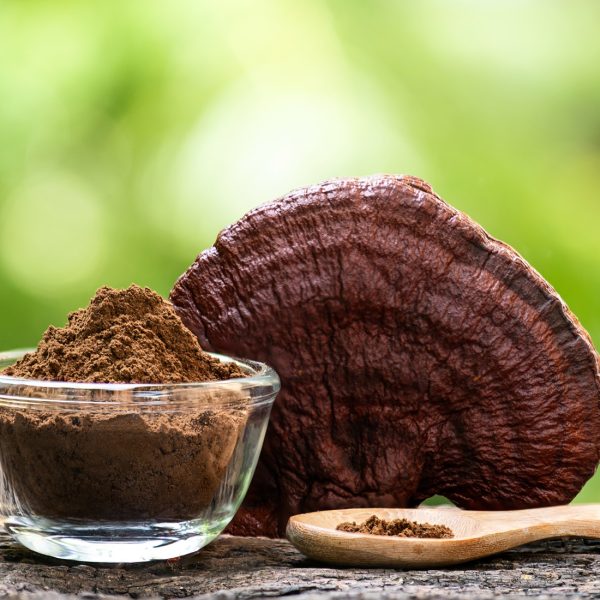
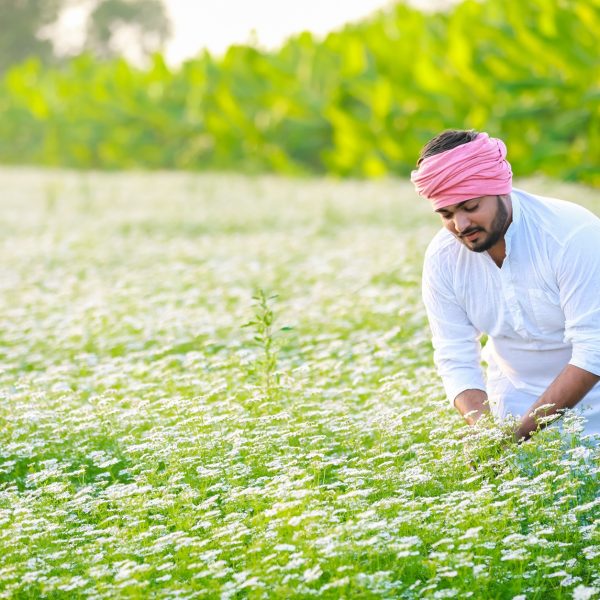
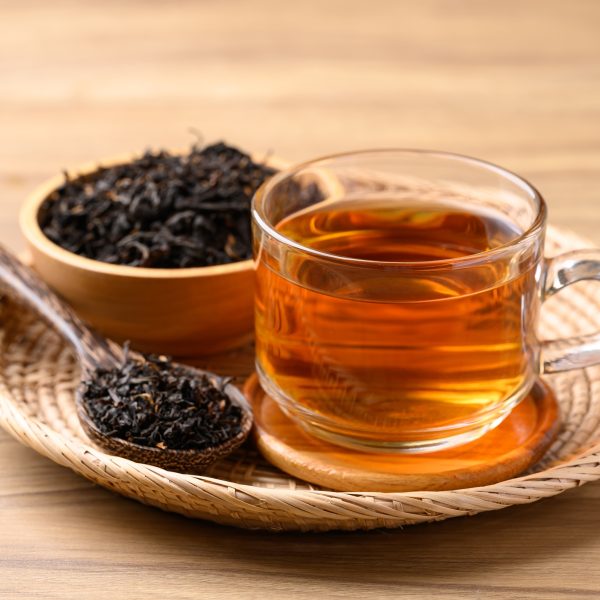
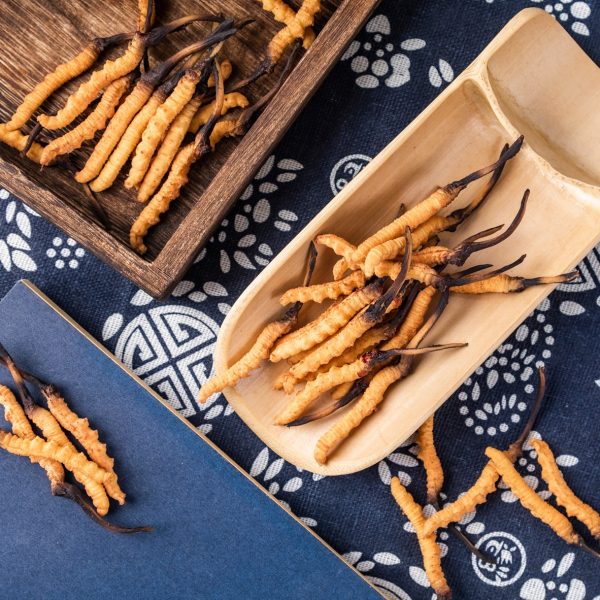









 Tulsi stimulates the cerebral circulation whilst also relaxing the central nervous system. This unique quality brings mental clarity whilst also calming any nervous tension. Tulsi will counteract brain fog and exhaustion, particularly after trauma, depression and anxiety.
Tulsi stimulates the cerebral circulation whilst also relaxing the central nervous system. This unique quality brings mental clarity whilst also calming any nervous tension. Tulsi will counteract brain fog and exhaustion, particularly after trauma, depression and anxiety. Nervous system
Nervous system The cognitive enhancing properties of tulsi have been demonstrated in a controlled clinical trial. 300 milligram capsules of ethanolic leaf extracts per day were compared with placebo, over 30 days. Reaction time and error rates in cognitive tests improved with tulsi compared with placebo after the first 15 days (6).
The cognitive enhancing properties of tulsi have been demonstrated in a controlled clinical trial. 300 milligram capsules of ethanolic leaf extracts per day were compared with placebo, over 30 days. Reaction time and error rates in cognitive tests improved with tulsi compared with placebo after the first 15 days (6).





